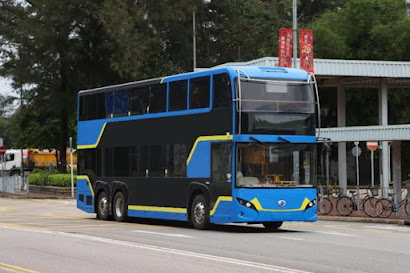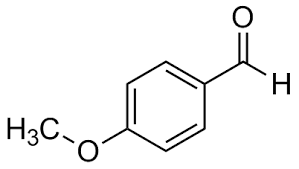GACL signs an agreement with NTPC REL for green methanol and green ammonia production in India

India’s Gujarat Alkalies & Chemicals Limited (GACL) has entered into an agreement with NTPC Renewable Energy Limited (NTPC REL) to produce 75 tonnes/day of green methanol and 35 tonnes/day of green ammonia. The two plants, which will use renewable energy produced by NTPC REL, will be India’s first commercial-scale green ammonia and green methanol projects, the Ministry of Power said. “NTPC REL has signed a memorandum of understanding (MoU) with GACL to realize green energy and green hydrogen objectives and the government’s efforts towards a carbon-neutral environment,” it said. NTPC will ensure a constant supply of 100MG (megawatts) of renewable energy to the plants. The methanol and ammonia output will be used by GACL at its Vadodara and Dahej complexes in western Gujarat state to produce various downstream chemicals, the statement said. The timelines and cost estimates for the project have not been provided. Source:ICIS Visit MY BLOG http://polymerguru.blogspot.com #ICIS #ind





